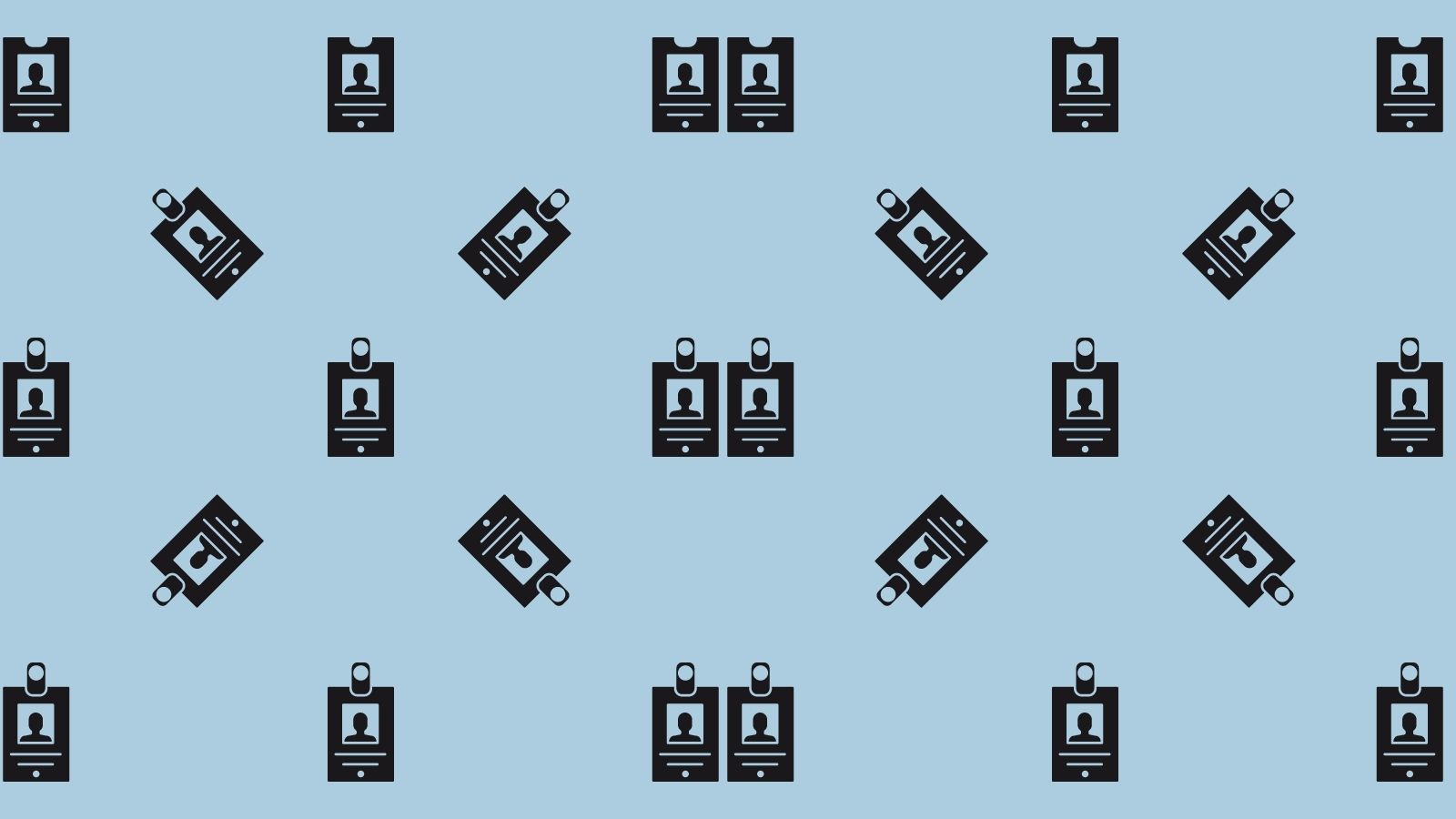The resilience to cope with adversity and build on positives fluctuates at any given time for people and communities, depending on a complex array of environment and circumstances. Building personal and collective resilience within and by communities is the basis of physical, mental and emotional wellbeing.
Language
‘Deprived’ is often used to describe communities that politicians and agencies want to help. ‘Levelling-up’ is the sanitized language for policy and action. But there are many assumptions that underpin the official notions of deprivation and levelling-up, and the ‘solutions’ are those of policy makers with their own perception of the desired outcome.
Disconnection
‘Deprivation’ and the need for ‘levelling-up’ is a symptom of disconnection, of people feeling they have little or no influence over the life they lead. People and communities who are disconnected cannot thrive, and external agencies focused on the professional world of interventions, initiatives, pilots and scalability are more likely to reinforce disconnection than resolve it.
Leadership from within
The cliché is that in helping communities external agencies must do ‘with’ not ‘to’, but even this does not express clearly enough that leadership (in its broadest and most constructive sense) must come from within the community itself, not driven by those agencies, even at their most benign. All that external agencies can do is promote the conditions for change.
Cutting the wires
The ‘doing’ comes from within the community, led by the priorities the community itself has identified. Creating the conditions for positive change is rooted in trust, and trusted relationships. Organizations tend to focus on process and procedure, on authority, hierarchy and power. In other words the system wiring. But the conditions for change, from genuinely putting people rather than processes at the centre of the system, come from trust: this is the current going through the wires.
Lanyards
What’s this got to do with lanyards? What could possibly be the issue with a piece of plastic strung around someone’s neck? Well, it’s not what lanyards are but what they symbolize. The lanyard is great at conveying messages at a glance: they tell us that someone has an invisible illness or that the wearer is there to help us.
Status
Equally, the lanyard can represent authority and subtle but overt power. It makes me unequal to you, and both of us feel it. Does my lanyard mean you need my permission for something, that I am the gatekeeper to resources, services and information that you need? Conform to my expectations and you might be helped. Professional jargon, organizational culture and hierarchies create clear distinctions between us and them. The lanyard can be a visual representation of the ways that organisations use to separate themselves from ‘others’. In essence, does my lanyard mean I am emphasizing that I am an insider, and you are an outsider?
Comfort or discomfort
Lanyards can create comfort, or discomfort, depending on the context. They can represent a beacon of light or a black hole: trust or mistrust. All we need to do is ask ourselves what our motivation is for wearing that lanyard and how the person talking to us perceives its meaning. If a lanyard is a form of status, or protection, an expression of soft power or perceived importance we don’t need it. If it is an expression of concern, support and solidarity, then we should wear it with pride.

